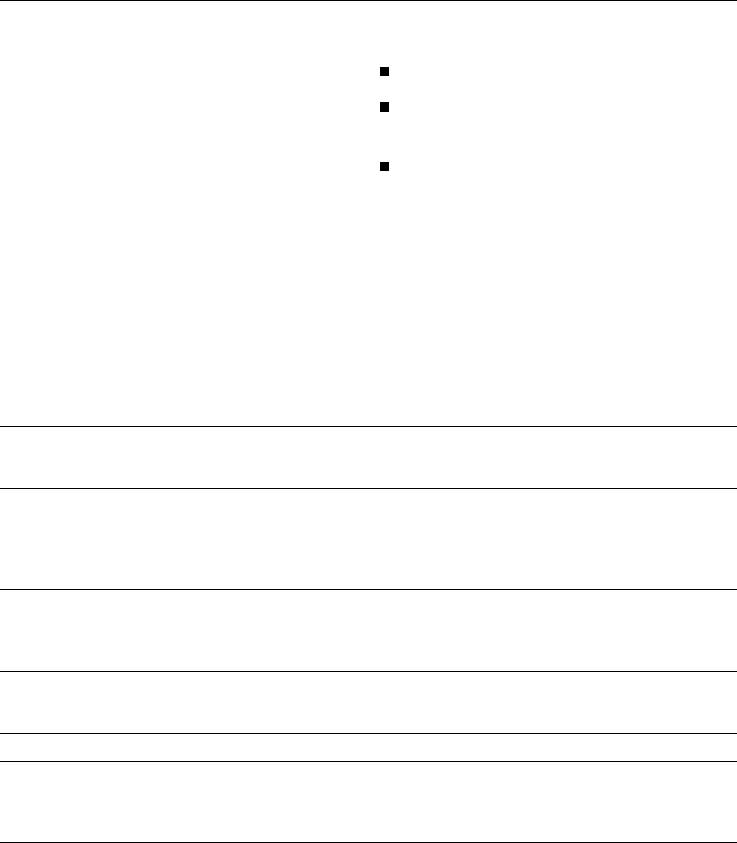
Cooktop controls
By using the individual burner control
knobs, temperatures can be freely se-
lected.
The controls can be turned either clock-
wise or counter clockwise.
The indicator lamp for each burner
lights as soon as the respective control
knob is turned to a setting.
It will go out when the contol knob is
turned to the ”0“ position.
A resistance can be felt between set-
tings 7 and 8 to indicate that the high
temperature range is being entered.
Correct procedure:
Place the pot of food on the burner.
Select a high setting for boiling or
searing meat.
Once steam appears on the edge of
the lid, turn to a lower setting for con-
tinued cooking.
Reducing the temperature at the cor-
rect time . . .
. . . prevents food from overcooking.
. . . prevents food from burning.
. . . saves energy.
Recommended settings
Setting
Melting butter, chocolate etc.
Dissolving gelatin
Preparing yogurt
1 - 2
Keeping food warm
Warming small quantities of food / liquid
Thickening sauces containing egg yolk or butter
Cooking milk pudding
Omelettes
1 - 3
Defrosting deep frozen food
Cooking rice, pasta
Steaming fruit, vegetables, fish
Cooking broths, soups
3 - 5
Braizing meat, fish, vegetables
Cooking dumplings, potatoes, soups
Preparing jams, jellies, stewed fruit
4 - 6
Frying chops, liver, sausage, fish, eggs
7 - 10
Frying pancakes, dropped biscuits and other liquid batters
Frying steaks
Deep frying (chips, fritters)
Boiling water
9 - 12
These figures are a guide. With deep pans, large quantities, or without lids, a higher setting is needed.
With small quantities, select a lower setting.
Cooktop controls
9


















